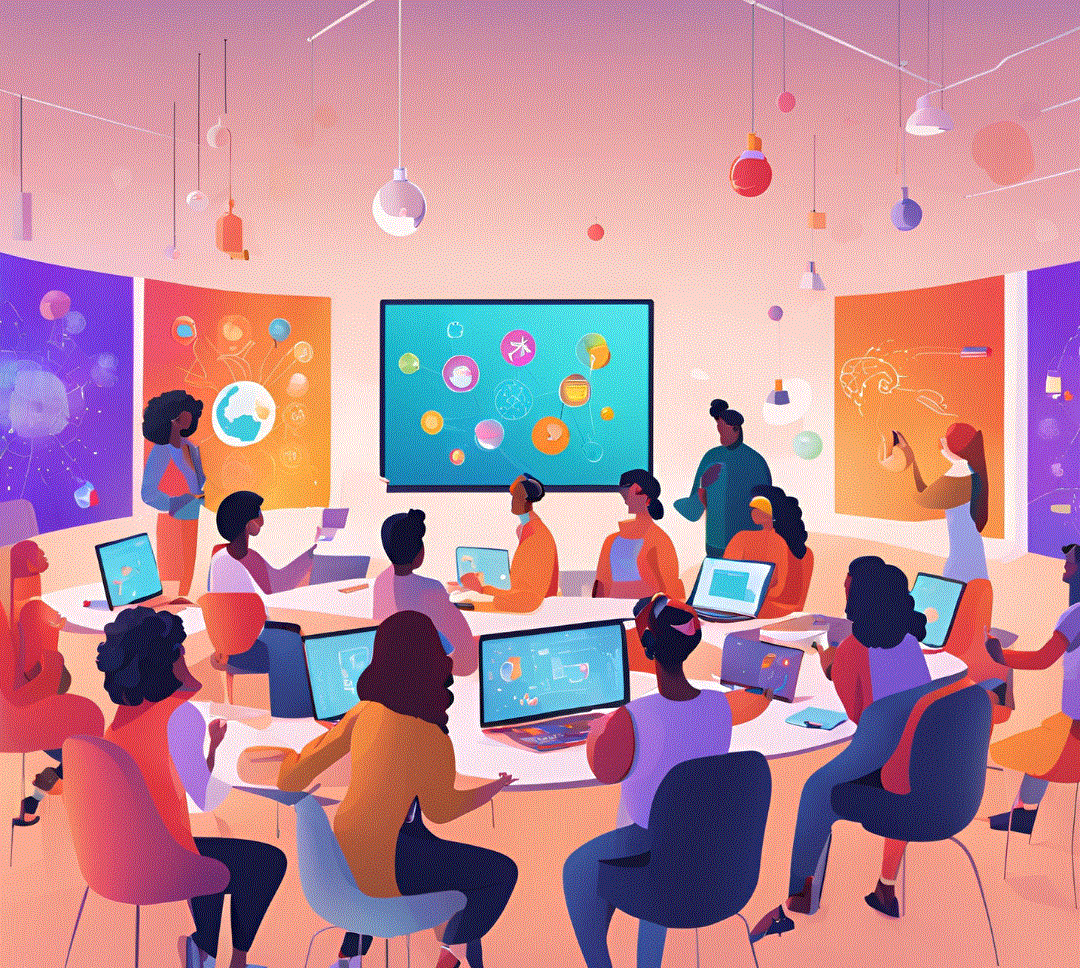How Online Learning Communities Are Shaping the Future of Skills Development

Dr. Salem Badawi February 2025
Imagine a classroom where students don’t just listen to lectures but actively solve real-world problems, share knowledge, and grow together. This is the vision behind collaborative online learning communities, especially in Technical and Vocational Education and Training (TVET). Let’s break down how this approach works and why it matters.
From Passive to Active Learning
Traditional education often treats students as passive receivers of information. But in modern online TVET communities, learners become active contributors. They collaborate on projects, solve problems, and co-create knowledge. Think of it like a group of chefs sharing recipes—everyone brings their skills to the table, learns from others, and leaves with a richer understanding.
This shift is driven by “learning as service”—a concept where education isn’t just about absorbing facts but using your skills to help others and yourself. For example, a robotics student might design a tool for a local business, gaining hands-on experience while contributing to their community.
The Power of Learning by Doing
At the heart of this approach is project-based learning (PBL). Instead of memorizing theories, learners tackle real projects. In the process of building a Machine learning model, for example. Students research possible solutions and troubleshoot together. Along the way, they develop:
- Problem-solving skills
- Teamwork and communication
- Adaptability (key in fast-changing fields like tech!)
These projects don’t just benefit learners—they create value for communities, like designing eco-friendly solutions or improving the local environment.
Building a Shared Knowledge Library
Ever wished you could access a free, constantly updated textbook? That’s the idea behind a repository of knowledge commons. In these online communities, learners and instructors share resources—guides, videos, case studies—that anyone can use. It’s like a digital library that grows as more people contribute.
Why does this matter?
- Lower costs: No need to buy expensive materials.
- Faster learning: Tap into collective wisdom.
- Sustainability: Knowledge stays relevant as the community updates it.
The Secret Sauce: Collaboration Tools
To make this work, platforms like the Collaborative Knowledge Sharing Environment (CKSEnv) step in. Think of it as a digital workspace where learners:
- Share ideas and feedback.
- Access shared resources (like the knowledge commons).
- Track their skill development over time.
This system isn’t just about tech—it fosters a culture of lifelong learning. Whether you’re reskilling for a new job or upskilling to stay competitive, the community supports your growth.
Why This Matters for the Future
The world changes fast. Jobs today might not exist tomorrow, and new skills are always in demand. By learning collaboratively, students:
- Stay adaptable.
- Build networks of peers and mentors.
- Gain the confidence to tackle unfamiliar challenges.
Plus, communities benefit from fresh ideas and solutions. It’s a win-win!
Final Takeaway
Education is no longer a solo journey. Online TVET learning communities show that when we learn together—sharing knowledge, solving problems, and adapting to change—we prepare not just for jobs, but for a lifetime of growth.
Ready to join the movement? 🚀
What skill would YOU want to learn or teach in a collaborative community? Let us know in the comments!
Inspired by “Towards a Value Co-Creation Process in Collaborative
Environments for TVET Education”, Salem Badawi and Monica Dr˘agoicea, from Sustainability 2023, 15, 1792.

